The list of the top ten tea brands in the world, which brand of tea is the best to drink tea? the historical evolution process.
Green tea-the first "real" tea
As we all know, tea comes from tea trees (Camellia sinensis, Tea). Green tea, black tea, white tea and oolong tea are produced from here.
The difference between each kind of tea is made in the factory. There, the leaves are treated in a unique way. According to legend, their history can be traced back to more than 5000 years ago, when tea was discovered by Shennong in ancient China.
The story is said to have begun in 2737 BC. After a day of herbal experiment, Shennong decided to have a rest under a strange tree.
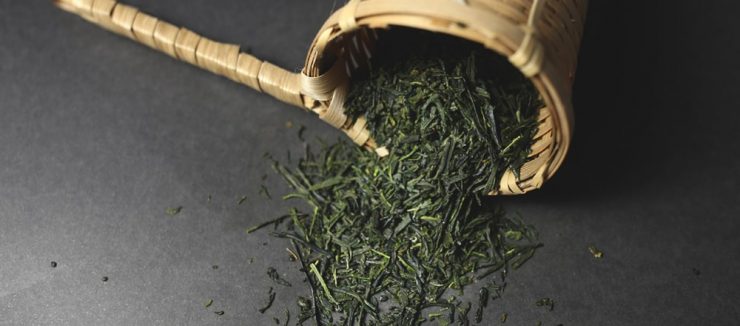
He finally fell asleep drinking a glass of boiled water in the noon sun. When he dozed off, a gust of wind blew through the tree. The leaves fell on the ground and some of them fell on Shennong's drink.
The leaves began to soak with water. When Shennong woke up, he found an unfamiliar, obviously green drink around him.
Out of curiosity, he decided to try. He was fascinated by the aroma and delicacy of this cup of green tea. Of course, it was a cup of green tea. Although this is only a fairy tale, Shennong's efforts have brought a new era of tea drinking to China.
Black tea is still hundreds of years away from invention, while green tea is popular all over the world. In Japan, matcha has become a staple of society, followed by fried tea and other Japanese green teas.
Contrary to popular belief, a large amount of tea was dumped into the port during the Boston tea pouring incident in 1773. This will be one of the sparks that led to the American Revolution (1775-1783).
The Battle of fennel Tea and Marathon
Fennel (Foeniculum vulgare) is a cold-resistant, aromatic perennial plant, belonging to the Apiaceae family. It has yellow flowers and feathery leaves, although native to the Mediterranean, but later spread to all parts of the world. When brewing, most people can recognize its unique aromatic characteristics, obvious fennel and herbal notes.
Fennel tea is closely related to human history. The plant itself grows on the site of the infamous Marathon Battle in 490 BC. In fact, the plant was so abundant there that the decisive victory of the Greeks over the invading Persian army was named after it.
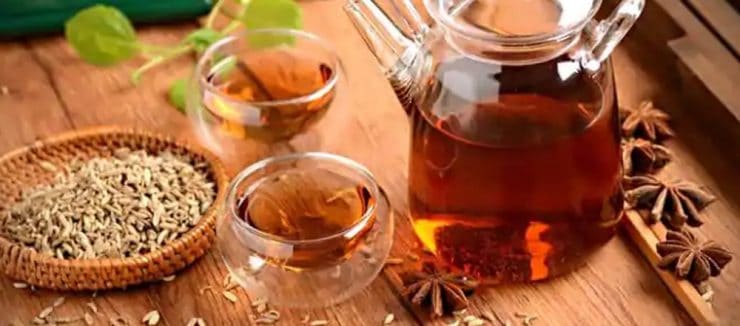
The word "marathon" originated in Greek, meaning "a land of fennel".
A young soldier named Pheidippides ran 42 kilometers from the marathon to Athens and announced the result of the battle. He fell down and died after telling the good news, but his efforts inspired the marathon, which is closely related to the Olympic Games.
The concept of running a marathon has prevailed for centuries-thanks in part to this tea
Nettle tea-one of the nine sacred herbs
Urtica dioica is a perennial flowering plant of Urticaceae. Its name comes from the Anglo-Saxon word "Noedl", which means "needle".
This almost certainly refers to the needle-like pain of being stung-a feeling that most of us are familiar with. Although it is cursed by hikers, gardeners and children, it has won the status of one of our ten most influential teas in history.
The nettle fibers found by archaeologists in Denmark date back to the Bronze Age in Europe (2300-1200 BC). In the New World, Winnibago, coastal Salish, Omaha, Cupe ñ o and Menomini used it to make clothes and fishing nets.
The benefits of eating nettle tea in other tribes include the treatment of stomachache and fever.
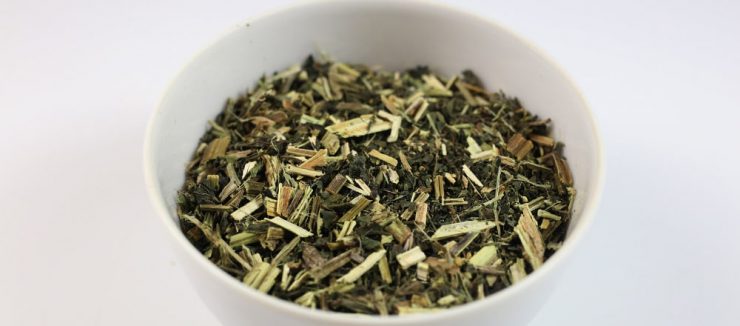
In British history, this herb played an important role in the Roman invasion in the first century AD. The soldiers thought its sting would stimulate their fatigue, sore legs and back pain after a long march in gloomy weather.
The concept of itching, in which these people deliberately stabbed their skin with nettles, became a common whole legion.
The Romans were eventually replaced by the Saxons, who believed that nettles were one of the "nine sacred herbs". Others are fennel, chamomile, wormwood, plantains, watercress, crabapple flowers, mountain radish, and possibly cocktail grass.
According to Saxon belief, these ingredients can be combined as a treatment against poisons and infections. Today, nettle tea also has development potential in other fields.
Verbena tea
Vervain (Vervain) is a slender perennial that can grow up to one meter tall. It has a unique lilac flower, and when brewed, it has a taste of dirt and herbs, with a bold astringency.
Nicknames associated with it include "the ointment of the wizard", "the herb of the cross", "the herb of grace", "the medicine of the devil", "iron grass" and "Juno's tears".
It is indeed closely related to all supernatural things. For example, the ancient Egyptians thought it came from the tears of their god Isis. At the same time, in Persia (now Iran), it is regarded as a sacred plant.
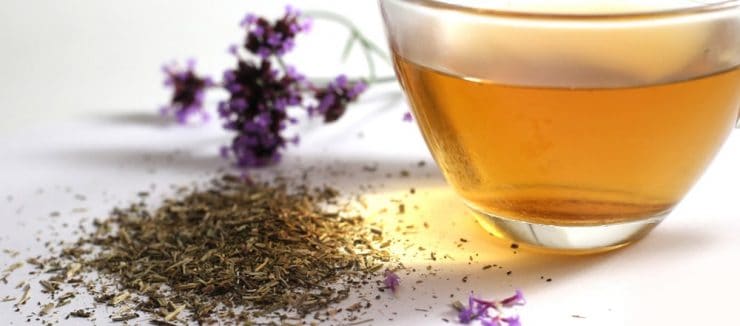
Then the Greeks and Romans used it to purify their temples and bless their altars. When Christianity spread widely in Europe, vervain adapted to this era.
Paganism lasted in England and Ireland for some time, during which the Druids considered it crucial to their cause. Throughout the dark ages, British soldiers took it to the battlefield to pray for good luck.
Later, when the Vikings arrived, Thor's admirers used vervain to summon its mystical power in rituals and rituals. Therefore, its great influence on folklore is undeniable.
Madai Tea and its Dark Colonial History
Paraguayan tea (pronounced "Yer-bah-mah-tay") comes from the plant of the family Ilex (Holly) in Paraguay. It is native to South America, 6 to 8 meters high, with evergreen leaves, small berries and green and white flowers.
Its leaves are used to make Yerba Mate Tea, one of only 60 plants that naturally contain caffeine.
In the pre-Columbian era, the aborigines called the drink "the drink of God". There is evidence that Guarani in northern Argentina and Tupi in southern Brazil were the first to apply the benefits of Madai tea to their daily lives.
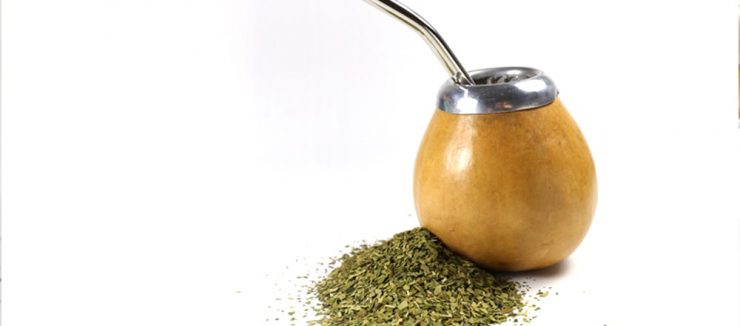
This went on for centuries until sailboats appeared on the horizon. Here comes the Spanish conqueror.
These European colonists began to take advantage of the local fondness for Paraguayan tea. The Wine of the Gods soon became the green gold of Indios. Many tribes were forced to become slaves and work on Madai tea plantations.
The Spaniards built transportation roads for the herb and even began to export it overseas.
At a Catholic gathering called the Jesuit, most of them planned to convert the indigenous people to the belief that Yerba Mate was a gift from God. However, in 1767, King Charles III of Spain expelled these missionaries from Spain and its South American colonies.
This had a great impact on the output of Madai tea, which soon declined. Since then, the industry has recovered.
Zhengshan race-the first kind of black tea
Zhengshan race is a traditional smoked black tea from Wuyi Mountain, Fujian Province, China. Its name has two meanings: "Zhengshan", which in Fuzhou dialect means "smoked variety"-or similar words.
On the other hand, "race" refers to the fourth or fifth leaf of the tea tree used to make it. Some local people also call it "Zhengshan Little Bell".
The Qing Dynasty (1644-1912) was the most turbulent period in China, when the black tea Zhengshan race was born. The legend begins with several tea farmers living near Tongmuguan Village.
One day, while they were harvesting crops, a group of thieves suddenly attacked their land. The bandits wanted tea and insisted that the farmers harvest the tea until they came back.
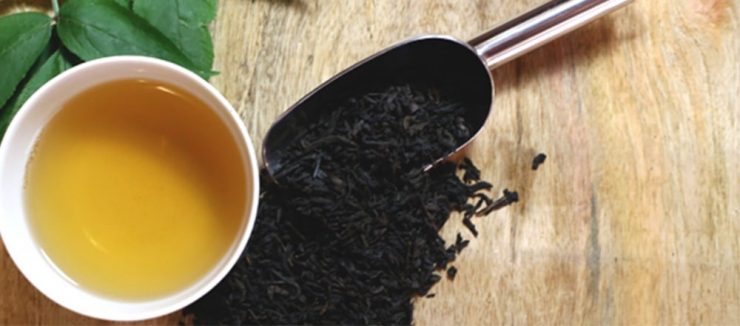
But farmers are not prepared to give up so easily. However, if they want to get their crops to market, they need to move quickly. Despair. The farmers wanted to leave before the robbers came back, so they burned the leaves with pine fire to speed up the oxidation.
The result is an unquestionably smoked tea-a tea that seems to have undergone strange changes in nature and structure.
At first, the crops seemed to be destroyed. However, the farmers persevered and reluctantly packed the goods and prepared them for transport to the market. To the surprise of the farmers, just at the port, a group of Dutch businessmen expressed interest in tasting their tea.
Everyone stood quietly, waiting for the verdict-the result was very positive. The Dutch really liked it, so they made history.
Assam Tea makes Indian Tea Industry possible
Assam tea is a kind of Indian black tea, famous for its malt and sweetness. It comes from camellia (Camellia sinensis var. Assamica), as its name implies, camellia originated in Assam.
The area is surrounded by the northern Himalayas, the Brahmaputra Plain and the Deccan Plateau. The unique climatic conditions ensure the highest quality of Assam tea.
Colonialism, similar to Madai tea, is the main reason why we have this drink. In the 18th century, relations between Britain and China began to deteriorate, and as a result, tea transportation became more and more scarce.
The empire saw British-ruled India as a potential choice. However, attempts to plant Chinese tea trees here have failed again and again.
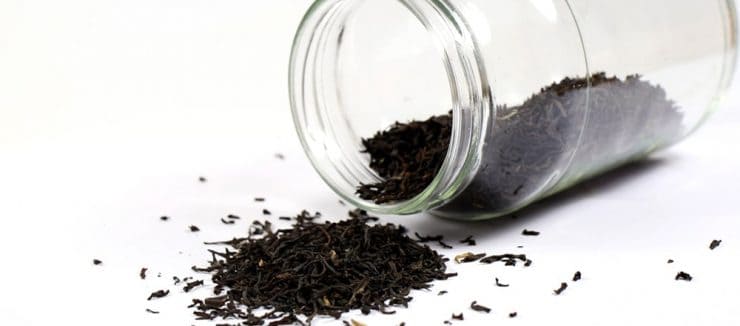
It was a Scotsman named Robert Bruce who started the local tea industry in 1823 with the help of his brother, especially the local Singheb tribe.
When he arrived in Assam, he saw the locals chewing the leaves of an unknown plant. He concluded that its appearance bears a striking resemblance to "tea". Bruce collected specimens and took them to Calcutta.
Robert's brother Charles Alexander Bruce came to the botanical garden to examine the leaves. At this point, the evidence becomes irrefutable: all kinds of tea grow naturally in India. By 1838, the first Assam tea was auctioned in London.
A year later, in 1839, Assam was officially established, ushering in a new era of Indian tea.
Ceylon Tea-A Monument to Courage
Ceylon tea is an example of another type of black tea, one of which comes from the island nation of Sri Lanka. This country, formerly a British colony of Ceylon, has produced many drinks known as the "rich cup" since the 19th century.
When brewed, they offer bold, light and full-bodied flavors. However, the reason we have Ceylon tea is actually because of coffee-or rather, its failure.
In 1869, the first signs of a plant disease called coffee rust appeared in Ceylon, England. Before long, it spread all over the island, basically destroying the local coffee industry.
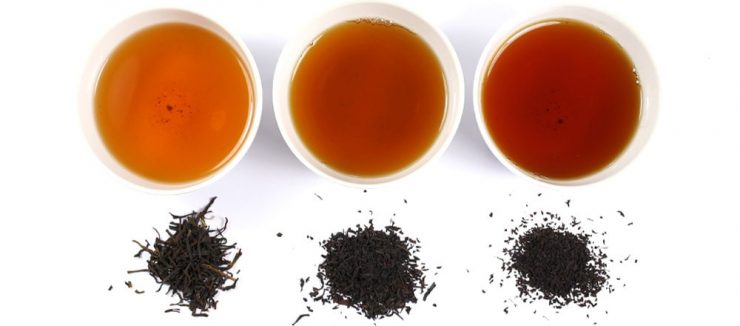
Fortunately, a Scotsman named James Taylor (James Taylor) has begun to try to grow tea on his estate. He immediately showed farmers how to grow the crop, thus saving the country from economic collapse.
Sir Arthur Conan Doyle, author of Sherlock Holmes, describes the dramatic change: "A rotting fungus made the whole community go through years of despair and achieved one of the greatest business victories. Victory was won with courage and wisdom."
The tea field of Ceylon is a true monument to courage, just like the lion of Waterloo. " Today, Ceylon tea is one of the most popular types of black tea.
Rose fruit tea played a role in the second World War.
Rose fruit is the fruit of Rosaceae. This shrub, as we all know, is famous for its charming flowers (we also use these to make rose petal herbal tea).
It may first come from northern Persia (now Iran) and eventually become an integral part of traditional Chinese medicine.
However, in the most recent World War II (1939-1945), it contributed to the war efforts of the allies. At that time, rationing was implemented in Britain, and the government actively encouraged the art of foraging.
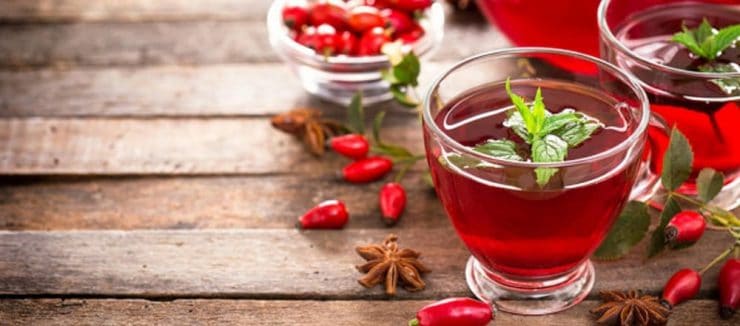
The focus of the game is to collect wild plants, one of which is particularly prominent: rose fruit. This is because they have unusually high levels of vitamin C.
The blockade by the German navy led to a severe shortage of citrus fruits in the British Isles. Therefore, making rose fruit tea or making it into jam is the recommended choice.
As a result, Britons can get the key vitamins and minerals they need every day. It also boosts morale because the "keep calm, keep going" mentality prevails.
Louis Persian tea and the amazing discoveries of Dr. Annik Theron
The Rooibos plant (Aspalathus linearis) grows only in the Cederberg region of South Africa. It is a member of the Leguminosae (Leguminosae) family, up to 3 feet (0.9 m) tall and with slender needlelike leaves.
These leaves are the ingredients used to make Louis Persian tea, which provides a mild sweetness with nutty, honey and caramel flavors.
Hundreds of years ago, the Khoisan people, one of the indigenous peoples of South Africa, first realized the potential of Louis Persian tea.
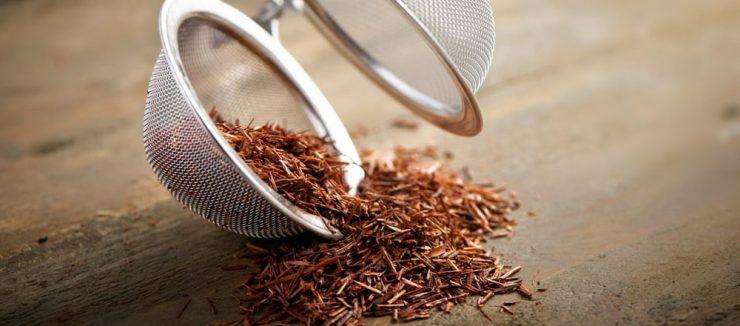
However, its ability to relieve allergies and prevent colic in infants-its most famous medicinal properties-came from a woman named Annike Theron (1929-2016). It happened in 1968, when Annik was taking care of her 14-month-old daughter who suffered from insomnia.
After many sleepless nights, she decided to use Rooibos to heat her breast milk, hoping to help. It did it. Lorinda, Annik's child, slept for three hours in a row.
With regard to her findings, a book called Allergy: an amazing Discovery has been published, showing the extraordinary value of the tea. It turns out that this is just the beginning, and over the next few decades, to this day, more compelling evidence has followed.
Important Notice :
前街咖啡 FrontStreet Coffee has moved to new addredd:
FrontStreet Coffee Address: 315,Donghua East Road,GuangZhou
Tel:020 38364473
- Prev
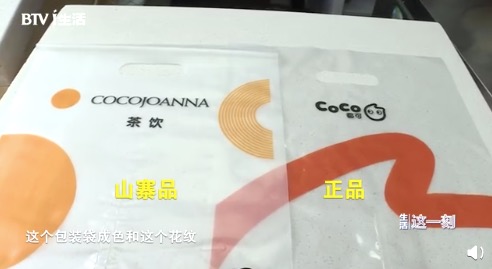
What is the difference between authentic coco milk tea and pirated coco milk tea? what is the real coco milk tea like?
Another tea shop has been checked! According to the news, the Beijing Fengtai market has investigated and dealt with 21 tea shops suspected of trademark infringement. The Fengtai District Market Regulatory Bureau launched an iron fist net sword enforcement campaign on Aug. 12, in which 21 fake branded tea shops with coco signs were investigated, according to Sina Finance and the Beijing News. Here's the thing: some customers are drinking well-known chain brands.
- Next
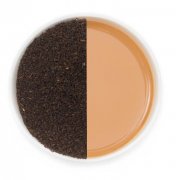
How is tea made? what are the tastes and characteristics of Darjeeling black tea?
Darjeeling Tea is an orthodox black tea because Darjeeling tea leaves are withered, rolled, fermented and dried in traditional ways. Today, orthodoxy means top tea picked by hand and processed by hand. However, at present, more than 90% of the black tea in the world is produced by CTC (cut shredding, tear tearing, curl rolling). In the middle of the twentieth century, with the tea bag alive,
Related
- A complete list of coffee bean names and their meanings! What is Yejia Shefi coffee? Where is Mantelin coffee?
- What grade does Arida Manor Kaduai coffee beans belong to? What treatment is Arida ASD slow anaerobic sun exposure?
- The milk tea cup becomes smaller?! Overlord Tea Girl launches a new "Return to Yunnan" series
- Accused of selling counterfeit and high-priced coffee beans! Well-known boutique coffee brand "Oukelao" bowed and apologized!
- How to make espresso dumplings? Can I eat coffee and glutinous rice balls together?
- Save the unformed and stagnant powder cakes in one second! What is the problem with stagnant water in the powder bowl of the espresso machine?
- What does hand-brewed coffee stop mean? Why is it not recommended to make coffee by hand?
- Is it normal to smell like coffee? Why does coffee smell like alcohol? What's wrong with the strong smell of cold extract ice dripping ice brewed coffee?
- How to solve the problem that hand-brewed coffee extraction takes too long? Why is the water flowing so slowly when making coffee?
- The main points of making Australian white coffee, the proportion details, how does Australian white properly foam and blend the flowers?

